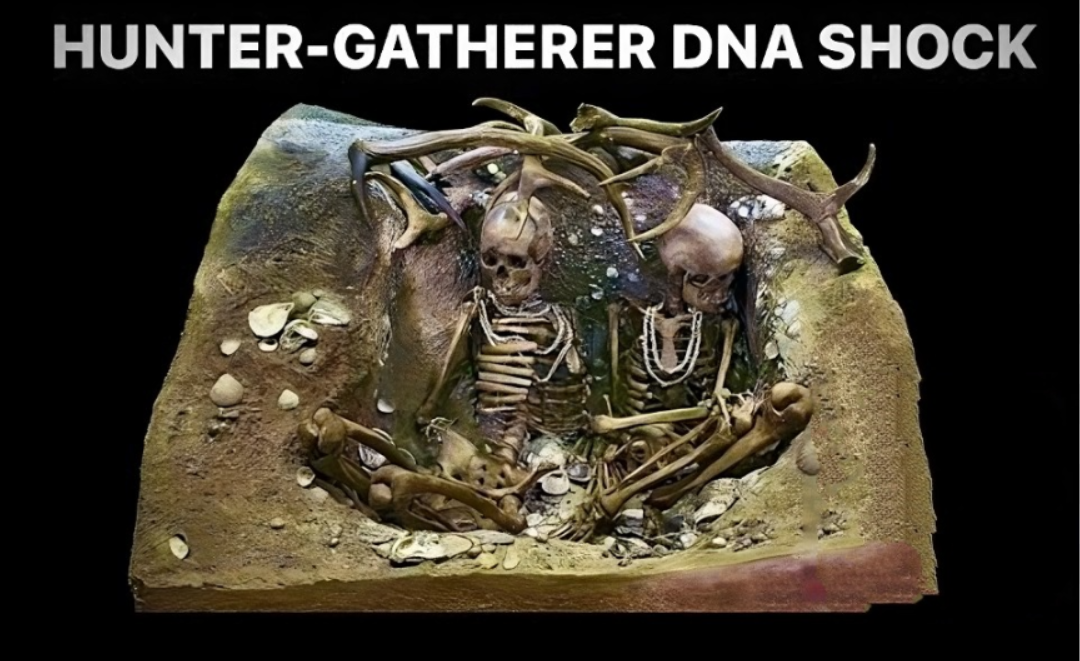A genetic study of Stone Age burial sites in France has shown that blood relations and kinship were not all-important for hunter gatherer communities.
The research indicates that several distinct families lived together, probably as a deliberate method of avoiding inbreeding. The study, led by researchers from Ops Sola University in Sweden in collaboration with several French institutions, analysed the genomes of several Stone Age hunter gatherers who lived at the same time and place as newly arrived Neolithic farmers.
The remains dated back to the final stages of the Mesolithic, approximately 6,700 years ago. The study shows that the hunter gatherer groups mixed with other hunter gatherer groups, but not with the Neolithic farmers.
The coexistence of these groups has previously raised questions about the extent to which they interacted. Earlier studies had suggested that the last hunter gatherer communities deliberately assimilated women from the Neolithic farming community. However, the new study indicated that the hunter gatherer groups were made up of few individuals who were generally not closely related, and there were no signs of inbreeding.







